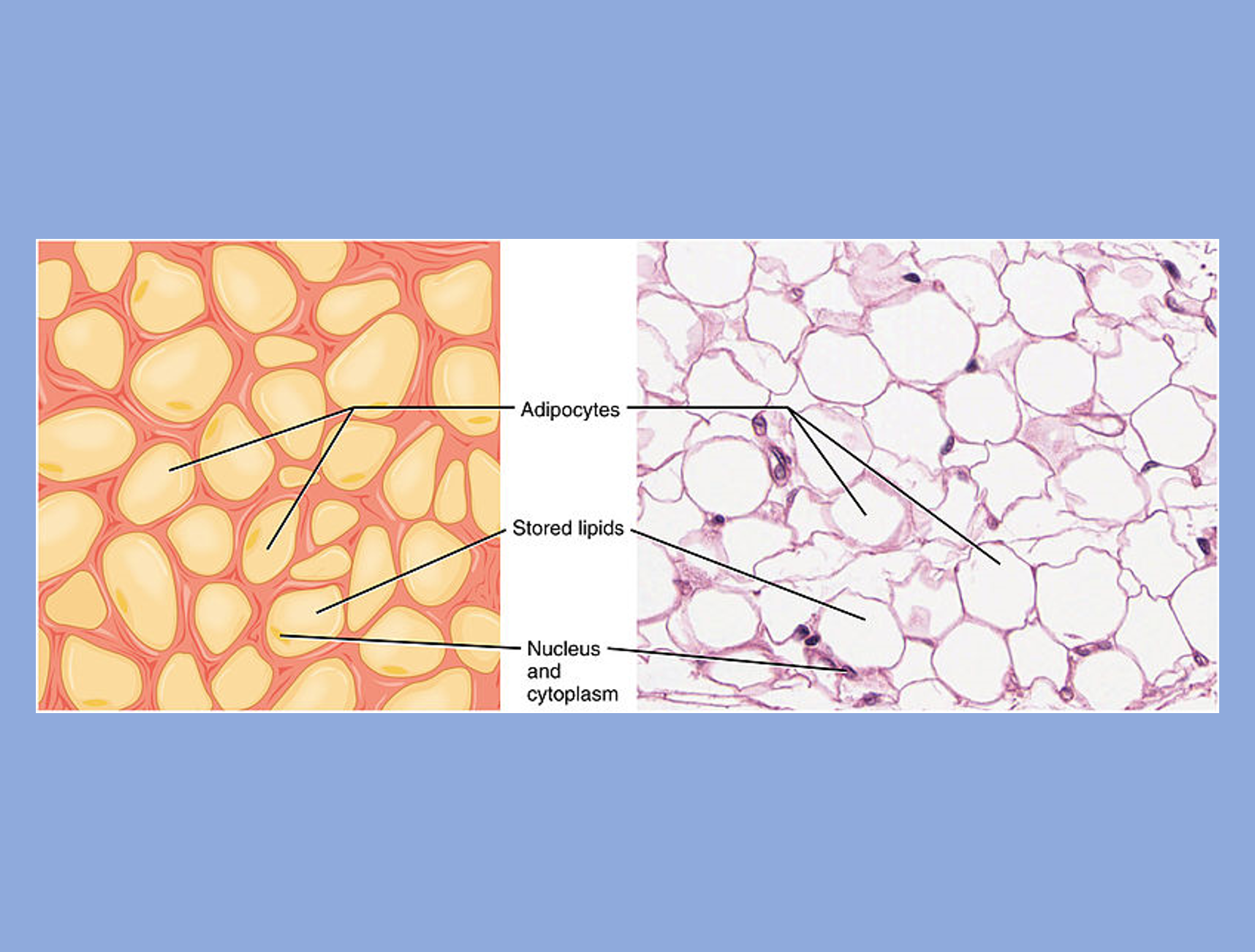Module 7: Tissue Structure & Function
Section outline
-

The smallest unit of life is called a cell. A group of cells with common embryonic origin, similar structure, and functions may exist as one unit known as a tissue. There are four main types of tissues: epithelial, connective, muscular(muscle), and nervous tissues. Epithelial tissues cover surfaces to protect and allow diffusion of ions and molecules and form the glands. The most abundant tissue type is the connective tissue, which underlies, binds, insulates, and supports other tissue types. Muscle tissue initiates movement by contracting and creating body heat. Nervous tissue transmits and integrates information. You will learn and make connections about their structures, functions, and locations in the human body.
The study of tissues under a microscope known as histology or microscopic anatomy. A common phrase “one must understand the normal to be able to recognize the abnormal” points out the importance of histology as a science and answers why microscopic anatomy is commonly used in medicine for diagnosis of certain diseases and analyzing the response to treatment.
Upon completion of this module, you will be able to:
- Define tissue and describe the importance of tissue level organization to an organism (C.L.O. #1).
- Describe the structure and function of epithelial, connective, muscle, and nervous tissue (C.L.O. #2).
- Identify the distinguishing characteristics of these tissues (C.L.O. #2 and #3).
- Give examples to most common locations of these tissues (C.L.O. #2 and #3).
- Explain the relationships between structure and function of tissues (C.L.O. #4)
To achieve these objectives:
- Read the Module 7 Introduction. (C.L.O #1 and #2),
(M.L.O. #1, #2)
- Read Chapter 8 in the textbook. (C.L.O #1 & #4), (M.L.O. #1 & #5)
- Test Your Knowledge sections are located at the end of each segment in the chapter. Answering the questions in these sections will aid in your knowledge to help you with the course. These questions will be relevant for information on testing and quizzes. (C.L.O #1 & #4), (M.L.O. #1 & #5)
- Complete the exercises in the "Practice" section at the end of the chapter. (C.L.O #1, 4), (M.L.O. #3)
- Complete the discussion activity. (C.L.O #4), (M.L.O. #5)
- Complete the case study exercise. (C.L.O #1, 4), (M.L.O. #3, 5)
- Complete the quiz. (C.L.O #1 & #4), (M.L.O. #1 & #5)
Module Pressbooks Resources and Activities
You will find the following resources and activities in this module at the Pressbooks website. Click on the links below to access or complete each item.
-
Read chapter, review the "Test Your Knowledge" questions, and complete the activities in the "Practice" section at the end of the chapter.
-
This quiz will have 5 questions. It is worth 10 points. You are allowed two attempts at this quiz. Correct answers will be available for review after the quiz is closed.
Directions for Instructors: Load questions from the Module 7 Question Bank.Set close date and then tick "Right answer" box under "After the quiz is closed" section of Review Options.
Background Colour
Font Face
Font Kerning
Font Size
Image Visibility
Letter Spacing
Line Height
Link Highlight
Text Colour
